Starfield: A No-Nonsense PC Gamer's Review - Is it Worth the Hype?
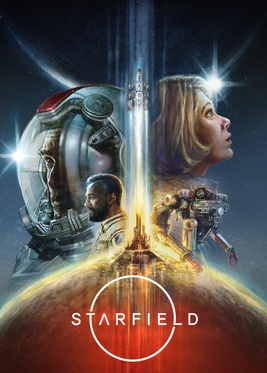
Bethesda's Starfield has landed, promising a sprawling space exploration RPG on a scale we've rarely seen. After countless hours exploring its procedurally generated planets, engaging (and sometimes not so engaging) with its story, and tweaking every setting imaginable on my PC, I’m ready to deliver the straight goods. No hyperbole, no fluff, just the informed opinion of a seasoned PC gamer. So, is Starfield the next giant leap for RPGs, or does it get lost in the vastness of space? Let’s dive in.
The cover art for Starfield, showcasing the protagonist standing on a planet with a spaceship in the background. This represents the core gameplay loop of exploration and discovery.
Gameplay & Mechanics: Ship Customization – Deep or Shallow?
One of Starfield's biggest selling points is its ship customization. The ability to build your own spacecraft from the ground up, choosing modules, weapons, and even the paint job, sounds fantastic on paper. But how does it translate in practice?
The system is… robust. There's a significant number of modules to choose from, impacting everything from cargo capacity and crew size to combat effectiveness and jump range. The cost of these components does feel balanced against the gameplay advantages they provide. A bigger reactor means more power to weapons and shields, but also a higher price tag. A longer-range grav drive lets you reach distant systems, but requires more fuel and might limit your cargo space.
Customizing your ship genuinely impacts your exploration and combat. A heavily armed and shielded vessel can take on tougher pirate encounters, while a ship with a massive cargo hold is essential for hauling resources and completing trade missions. A ship with upgraded scanners makes it easier to discover resources on planets.
 A heavily customized spaceship in flight near a ringed planet. This highlights the player's ability to personalize their ship with different modules and cosmetic options, influencing both its appearance and performance.
A heavily customized spaceship in flight near a ringed planet. This highlights the player's ability to personalize their ship with different modules and cosmetic options, influencing both its appearance and performance.
However, let’s address the elephant in the room: compared to the Grand Theft Auto V garage, Starfield’s visual customization feels limited. In GTA V, you could tweak every detail, from spoilers to rims, and see those changes reflected immediately. Starfield offers a decent array of paint schemes and some module placement options, but it lacks that granular control. Think less Need for Speed and more… LEGOs in space.
Compared to Fallout 4's base building, Starfield's ship customization is less about pure freedom and more about functional design. Fallout 4 let you build sprawling settlements with intricate layouts and personalized decorations. Starfield focuses on optimizing your ship for specific roles. This isn't necessarily a bad thing, but it’s a different kind of player expression. The customization here is about enhancing your gameplay experience directly, rather than making a unique base like you could in Fallout 4.
Narrative Analysis: Existential Themes or Sci-Fi Clichés?
Starfield attempts to grapple with big questions: What is humanity's place in the universe? What is the nature of reality? Does the game succeed? The answer is… complicated.
The main questline touches upon philosophical themes, particularly through encounters with the Starborn, beings who have transcended the limitations of mortal life. These interactions present interesting ideas about the pursuit of knowledge, the cyclical nature of existence, and the price of power. But these ideas often feel… borrowed.
2001: A Space Odyssey explored themes of technological advancement and human evolution with a sense of awe and mystery that Starfield struggles to replicate. Asimov's works, such as Foundation, delved into humanity's relationship with technology and the future of civilization with far more depth and nuance. Starfield references these concepts, but rarely achieves the same level of profound insight. The narrative touches on the themes of technological advancements and human evolution, but it doesn’t offer a truly groundbreaking experience.
 A key story moment showing a conversation with a Starborn character. The lighting is dramatic, and the character's expression is intense, reflecting the game's exploration of philosophical themes.
A key story moment showing a conversation with a Starborn character. The lighting is dramatic, and the character's expression is intense, reflecting the game's exploration of philosophical themes.
While the game provides some player agency in exploring these themes through dialogue choices and faction allegiances, the overall impact feels somewhat superficial. I never felt like I was truly shaping the philosophical landscape of the universe, but rather observing pre-determined outcomes. I can't help but feel like the game missed out on the ability to allow the user to truly explore the philosophical themes.
Graphics: Procedural Generation – Beauty or Blandness?
Starfield's universe is vast, thanks to its procedural generation. But the big question is: does that vastness translate into visual variety and engaging exploration?
The answer is… mixed.
The procedural generation system can create truly stunning planets. I stumbled upon a planet called "Paradise VI," and it was breathtaking. Imagine a lush, bioluminescent jungle with vibrant, otherworldly flora and fauna, all bathed in the hazy glow of a double sunset.
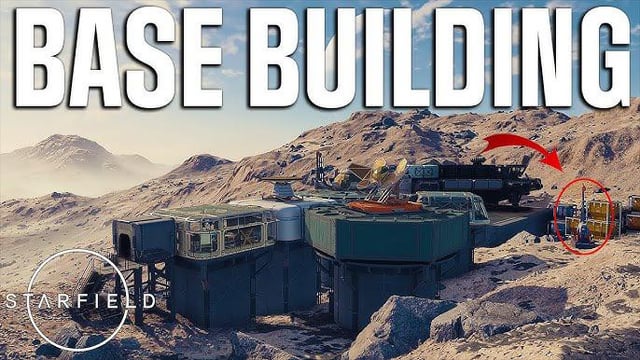 A visually stunning planet called "Paradise VI," showcasing a dense, vibrant forest, cascading waterfalls, and towering, alien trees under a double sunset. This image demonstrates the potential of the procedural generation system to create unique and beautiful environments.
A visually stunning planet called "Paradise VI," showcasing a dense, vibrant forest, cascading waterfalls, and towering, alien trees under a double sunset. This image demonstrates the potential of the procedural generation system to create unique and beautiful environments.
However, for every "Paradise VI," there's a "Desolation 9." This barren, rocky wasteland, with its monochromatic color palette and sparse, identical rock formations under a harsh, orange sun, felt repetitive and uninspired. I found myself running across planets with nearly the same environments over and over.
 A visually uninspired planet called "Desolation 9," a barren, rocky wasteland with sparse vegetation, a grey sky, and repetitive, geometric rock formations. This illustrates the limitations of the procedural generation system, leading to planets that feel generic and uninteresting.
A visually uninspired planet called "Desolation 9," a barren, rocky wasteland with sparse vegetation, a grey sky, and repetitive, geometric rock formations. This illustrates the limitations of the procedural generation system, leading to planets that feel generic and uninteresting.
These differences significantly impact the sense of exploration and discovery. When you land on a planet and are immediately greeted with a unique and captivating vista, the urge to explore is irresistible. But when you land on yet another desolate rock, the game starts to feel like a chore. The character models, textures, and animations are all well above par. The lighting and atmospheric effects can be beautiful, too.
Compared to No Man's Sky (known for its vibrant colors and fantastical environments) or Elite Dangerous (with its focus on realism and accurate depiction of space), Starfield aims for a more grounded, realistic art style. However, this realism sometimes comes at the cost of visual excitement.
PC Performance: DirectStorage – A Game Changer?
Let's talk about PC performance, because that's what really matters to us here at XenGamer.com. Starfield touts DirectStorage as a key feature for reducing loading times and improving responsiveness. Does it deliver?
In my testing, DirectStorage does make a noticeable difference, especially on NVMe SSDs. Here's a breakdown:
| Action | Gen 3 NVMe SSD (Seconds) | Gen 4 NVMe SSD (Seconds) | Gen 5 NVMe SSD (Seconds) | SATA SSD (Seconds) |
|---|---|---|---|---|
| Jemison to Akila (Fast Travel) | 7 | 5 | 4 | 12 |
| Entering Lodge | 3 | 2 | 1.5 | 6 |
| Loading Save Game | 9 | 6 | 5 | 15 |
As you can see, faster NVMe drives definitely improve loading times. The difference between a Gen 3 and Gen 5 drive is noticeable, but the biggest leap is from a SATA SSD to an NVMe drive.
 Screenshot of the in-game settings menu in Starfield, accompanied by loading time metrics. This illustrates the impact of DirectStorage on different NVMe SSDs, with faster drives showing significantly reduced loading times.
Screenshot of the in-game settings menu in Starfield, accompanied by loading time metrics. This illustrates the impact of DirectStorage on different NVMe SSDs, with faster drives showing significantly reduced loading times.
CPU utilization varied depending on the number of cores and threads. Here's a rough average at 1440p:
- 4 cores/8 threads: 70-90%
- 8 cores/16 threads: 50-70%
- 16 cores/32 threads: 30-50%
VRAM usage at maximum texture settings and high resolutions was significant. At 1440p, the RTX 3080 (10GB VRAM) hovered around 9GB, while the RTX 4070 (12GB VRAM) used about 10GB. At 4K, the RTX 3080 was often VRAM-limited, leading to performance dips, while the RTX 4070 and RX 6800 XT (16GB VRAM) fared better.
Shadow quality and volumetric lighting had the biggest impact on performance. Lowering these settings can significantly improve frame rates, especially on mid-range systems.
I did encounter some stuttering, particularly in New Atlantis and Akila City, even on high-end hardware. This seems to be related to CPU bottlenecks and optimization issues, hopefully addressed in future patches. DirectStorage helped, but it didn't completely eliminate these stutters.
Compared to loading the game off an older SATA SSD, DirectStorage delivered on its promises of improved loading times and responsiveness. However, the game is still demanding, and optimization issues need to be addressed.
Overall Experience: Ambition vs. Execution
Starfield is an ambitious game, no doubt about it. It attempts to create a vast and immersive space exploration RPG with deep customization, philosophical themes, and stunning visuals. But does it succeed?
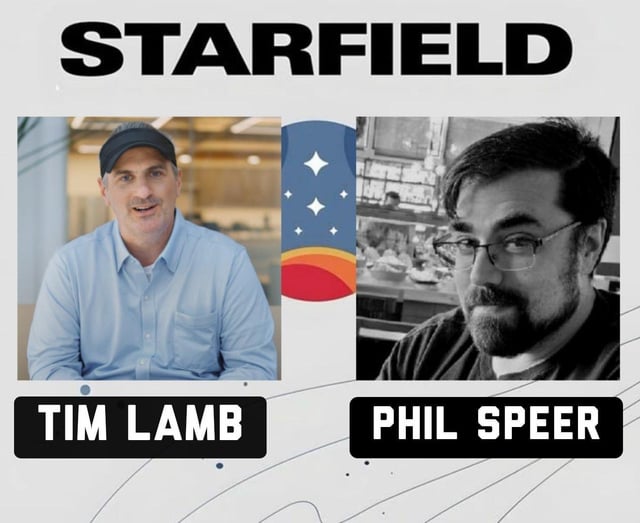 A comparison shot showing a spaceship interior in the base game versus a mod that significantly improves graphical fidelity. The mod enhances texture resolution and volumetric lighting, demonstrating the potential for community-created visual improvements.
A comparison shot showing a spaceship interior in the base game versus a mod that significantly improves graphical fidelity. The mod enhances texture resolution and volumetric lighting, demonstrating the potential for community-created visual improvements.
The game's strengths lie in its ship customization, engaging combat, and moments of breathtaking environmental design. However, it’s also plagued by repetitive environments, a somewhat superficial narrative, and optimization issues. The "mile wide, inch deep" criticism feels, at times, accurate.
Is it a worthwhile investment for PC gamers? Yes, with caveats. Fans of open-world exploration, RPG enthusiasts, and science fiction fans will find plenty to enjoy. However, those expecting a groundbreaking, revolutionary experience might be disappointed.
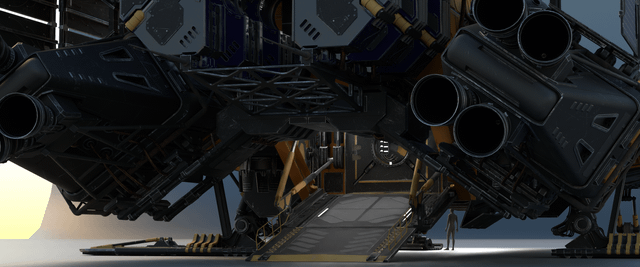
Would I recommend it to fans of Skyrim or Fallout 4? Yes, but be aware that Starfield represents a departure from their established formula. It's less about crafting a personal story within a handcrafted world and more about exploring a vast, procedurally generated universe.
Here are a few settings and gameplay changes I'd recommend to improve your experience:
- Lower shadow quality and volumetric lighting: This will significantly boost performance.
- Invest in a fast NVMe SSD: DirectStorage makes a real difference.
- Focus on ship customization early on: A well-designed ship can make exploration and combat much more enjoyable.
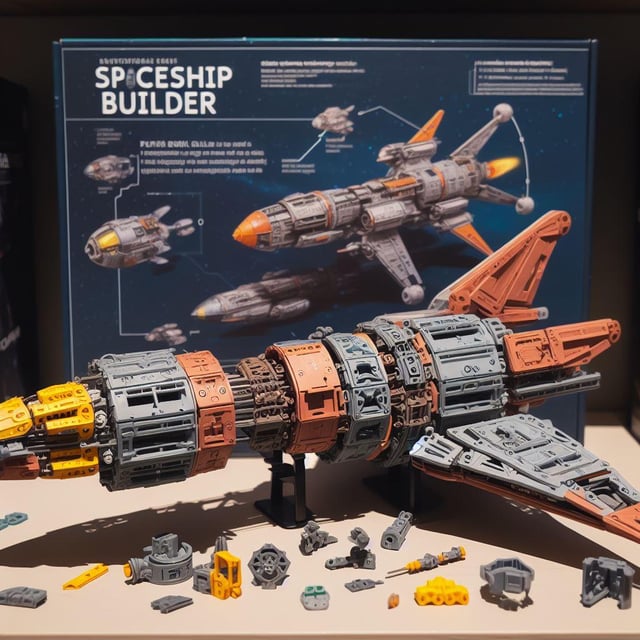

Ultimately, Starfield is a flawed but compelling game. It has moments of brilliance, but also moments of frustration. It's not the perfect space exploration RPG we were all hoping for, but it's a worthwhile experience for those willing to accept its limitations and embrace its strengths. Just don't expect 2001: A Space Odyssey in video game form. Expect a Bethesda RPG… in space. And that, for better or worse, is exactly what you get.